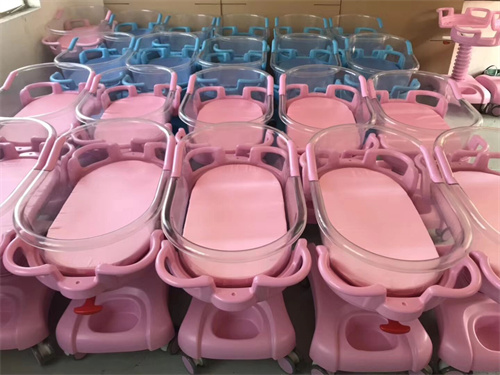Quality Control
Quality Control System Report for Medical Furniture Manufacturers
1. Introduction
As critical facilities in healthcare institutions, medical furniture's quality directly impacts patient safety and medical efficiency. This report elaborates on how medical furniture manufacturers ensure product quality through systematic quality control systems, covering raw material procurement, production process control, finished product testing, and inspection supervision.
2. Raw Material Quality Control
Supplier Audit and Certification
Establish approved supplier lists requiring ISO 13485 and other medical industry certifications
Conduct regular on-site supplier audits to evaluate their QMS
Key material suppliers (e.g., antimicrobial coatings, metal parts) must obtain third-party certifications
Incoming Inspection
Sample testing for all incoming materials
Focus on durability, antimicrobial properties, and environmental indicators
Use XRF spectrometers to detect heavy metal content
3. Production Process Quality Control
Standardized Operating Procedures
Develop detailed SOPs and process parameter standards
100% inspection for critical processes (e.g., welding, surface treatment)
Implement error-proofing techniques to prevent assembly mistakes
In-Process Inspection
Establish multiple QC stations
Use CMM for dimensional accuracy inspection
Conduct regular load-bearing and durability tests
Environmental Control
Clean room production for critical components
Maintain temperature and humidity within specified ranges
Implement 5S workplace organization
4. Finished Product Testing
Functional Testing
Simulate real usage scenarios (e.g., hospital bed adjustment, wheelchair folding)
Test smoothness and safety of all moving parts
Safety Performance Testing
Edge radius testing to prevent sharp injuries
Electrical safety testing (e.g., electric beds)
Antimicrobial efficacy testing (for contact surfaces)
Durability Testing
Fatigue testing simulating 5-10 years of use
Surface abrasion resistance testing (e.g., office chairs)
Repeated opening/closing tests (e.g., cabinet doors)
 Quality Control
Quality Control


